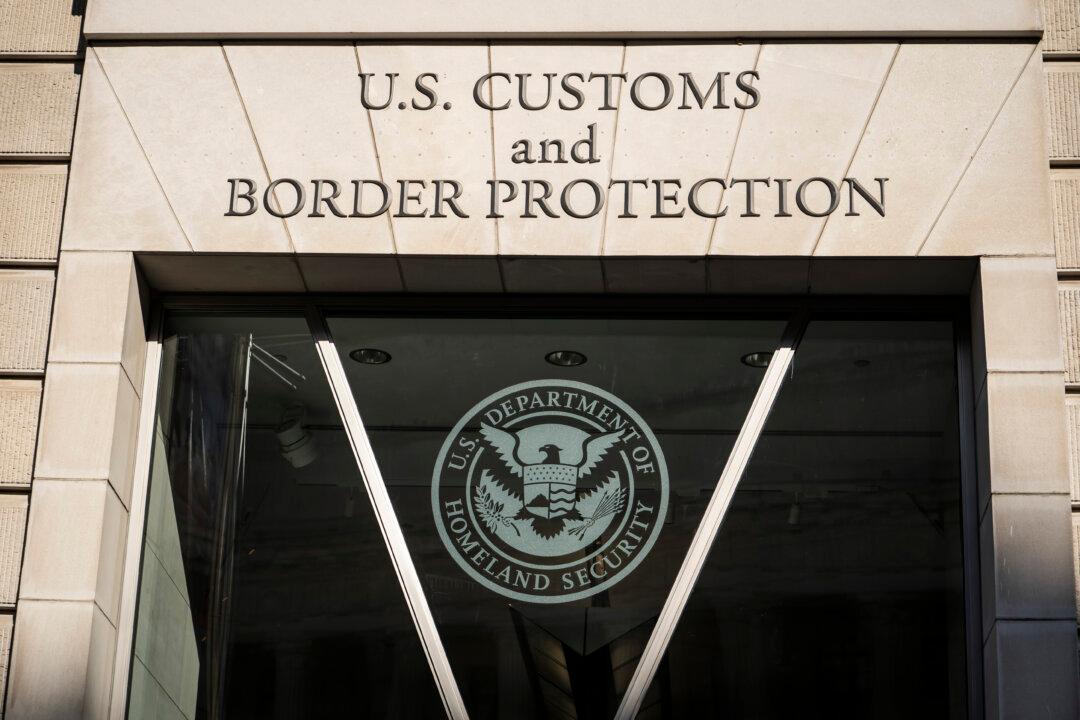The United States and South Korea have decided to postpone their joint military exercises this spring until further notice due to the outbreak of novel coronavirus in the East Asian country.
The announcement was made as South Korea’s tally of known cases increase to nearly 1,600, including 13 fatalities.
Last year, the two allies held mainly computer-simulated drills, known as Dong Maeng, in March and August. These drills were scaled-down versions of the real exercises known as Key Resolve and Foal Eagle that have been held in the years past, amid denuclearization efforts involving North Korea.

On Feb. 23, South Korean President Moon Jae-in raised the alert level to the nation’s highest as the number of coronavirus cases multiplied from 104 on Thursday to 602 on Sunday.
“The containment efforts for COVID-19 and the safety of the ROK [Repubic of Korea] and U.S. service members were prioritized in making this decision,” USFK stated.
The decision to postpone the exercise was first raised by General Park Hanki, chairman of South Korea’s Joint Chiefs of Staff. USFK commander General Robert “Abe” Abrams agreed to the postponement “based on the severity of the present COVID-19 situation within South Korea,” according to the announcement.
Additionally, the decision will “adhere to and support South Korea’s containment and mitigation plan for COVID-19.”
USFK stressed that the decision to delay the joint military exercises was “not taken lightly,” and added the two countries remain “committed to providing a credible military deterrence and maintaining a robust combined defense posture to protect the ROK against any threat.”

Of the 334 new cases, 307 are in Daegu and four are in the broader North Gyeongsang province.
Among the 1,595 cases, 1,107 are in Daegu and 321 are in North Gyeongsang province.
Another six cases are in the capital Seoul, three in Daejeon, two are in Ulsan, four in Gyeonggi province, two in North Chungcheong province, four in South Chungcheong province, and two in South Gyeongsang province.
Camp Carroll is located in the village of Waegwan, which is about 12 miles from the city of Daegu.
About 9,500 service members of the Korean military are quarantined at their bases. Among them, 540 have symptoms of the virus or have come in contact with infected patients, while the remaining recently visited Daegu or nearby areas.
“If suspected to have COVID-19 (coronavirus) in South Korea, you may face travel delays, quarantine, and extremely expensive medical costs,” the State Department said.





